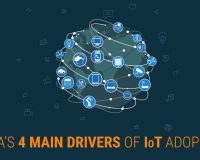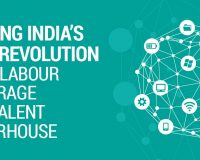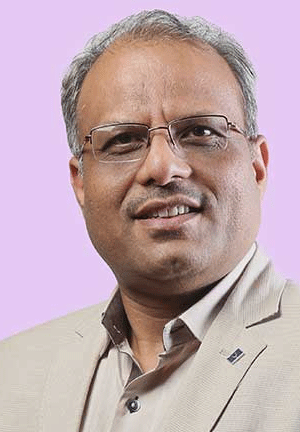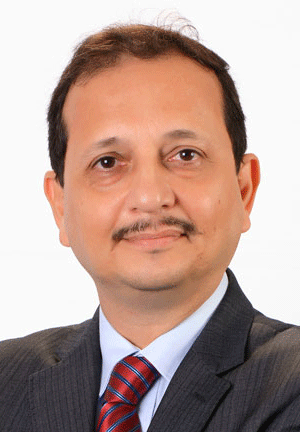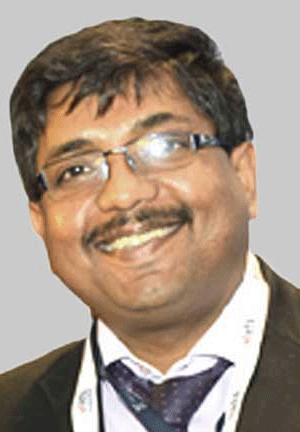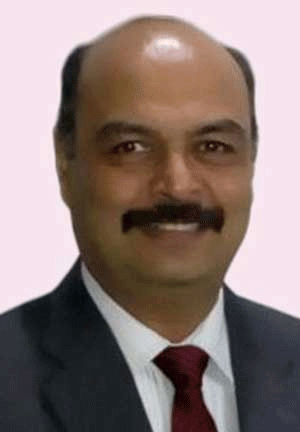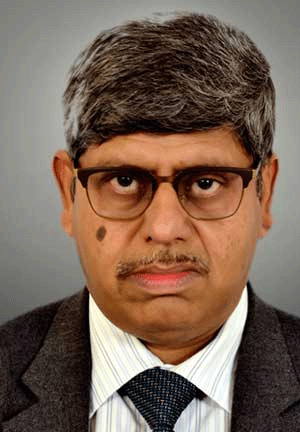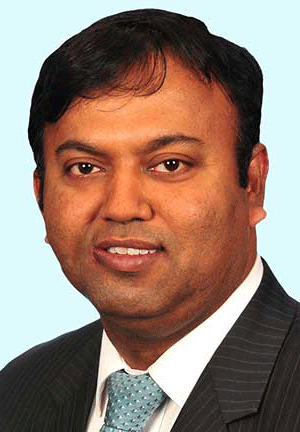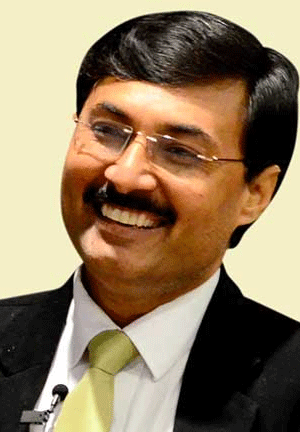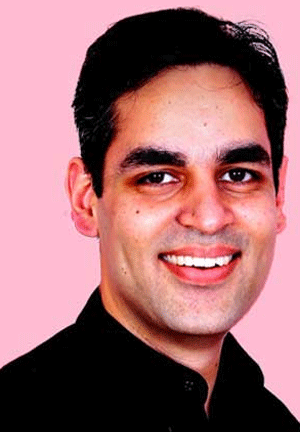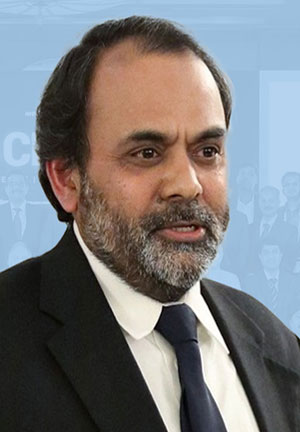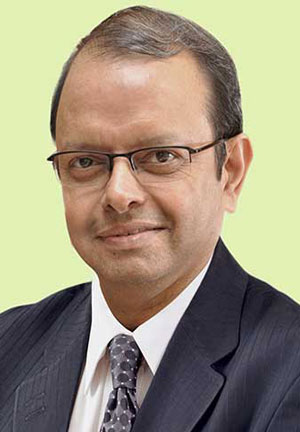In 1934, the incorporation and usage of technology and computers was not vast and decisions for growth were made exclusively by the CEO, CFO or CMO because profits were driven by hard hitting campaigns and print media. Technology hardly factored anywhere! Technology was explored merely as storage devices and user interfaces for carrying out work. So apart from an IT-Tech man and IT manager, there was a relevant absence of importance for technology and data, and the people involved in the field.
Aggressive marketing and provocative campaigns drove sales which boosted the company’s profits. But all that didn’t matter anymore as the battlefield changed and the weapons swapped with keyboards and logic circuits. It took nearly 50+ odd years, but finally in 1997, the techno bubble exploded. Technology became the industry of the day, and data was the new digital gold.
After the IT boom in 2001, Data and Data Science became the key functional cog in the engine of almost every corporation. Data fuelled the content and drove results and hence, became a focus point for growth. So to manage this new booming sector and mine its benefits, IT departments were set up and leaders appointed. One such leader was the Chief Information Office (CIO).

The main job of the CIO was to maintain the IT department of a corporation back in the day and to govern the day-to-day affairs without making any key decisions. He was a salaried engineer with no affinity towards the growth of the company.
But a few more years down the line, when the role of Data in a company changed, the role of a CIO had to evolve respectively.
The position of the CIO changed from that of a mere head of a department or wing, to that of a corporate leader demanding to be heard and respected. As the need for data storage and adaptive measures to protect sensitive data and important data became increasingly important, the CIO of a company became a more significant member to the organisation.
The CIO was faced with decisions to incorporate newer technologies and stay aware of industry developments to keep his company afloat.
In other words, the company’s CEO, CMO and CFO managed the organisation’s external affairs and the CIO took care of the internal functionality and process functioning, with a broad understanding. The CIO became more than just a glorified IT-guy. He became a profit and efficiency driver.

CIO’s have now become leaders demanding their position to not just be noted, but appreciated as well. Corporations have realised that in 2018, it isn’t enough to merely have a CIO responding or reverting back to the CEO on key business issues. Certain decisions need to be made considering the scientific approach as well as the financial aspect, which a CIO is capable of handling on his/her own!
The job description of a conventional CIO has changed and evolved into something else altogether. On what a CIO needs to do, Kevin Bandy from CISCO says “Don’t just think about devices. Think about how they are going to impact industries”. More than just designing data structures and devices, a CIO needs to know how the changes will impact the industry and what benefits the investment will provide!
For this reason, CIO’s are being incorporated into the governing board of directors so as to provide a credible line of work. They are given executive powers to make decisions and are expected to stand by those decisions when the bells tow.
But this is only skimming the surface of a very deep pond. The evolution and growth of a CIO took place over a time period of 20 years. Apart from revolutionising the IT sector, the CIO had to become a leader! In part 2 of this article, we will show how a CIO not only revolutionised a business, but also came to the corporation’s financial aid and assisted in saving a business and ultimately becoming the face of the entity.
If you want to hear more on this topic or on how businesses and battles needed to adapt, you can follow our page or skip to the front of the line and reserve your place at Big CIO Show and Awards organised by Trescon from 14 – 15 March 2018.
Or you can directly contact:
Nikhil Menon
[email protected]
SOURCES:
-
https://www.cognology.com.au/top-ten-ceo-quotes-on-people-management-2015/
-
https://connectedfutures.cisco.com/article/notable-quotes-from-the-gartner-symposium-itxpo/


